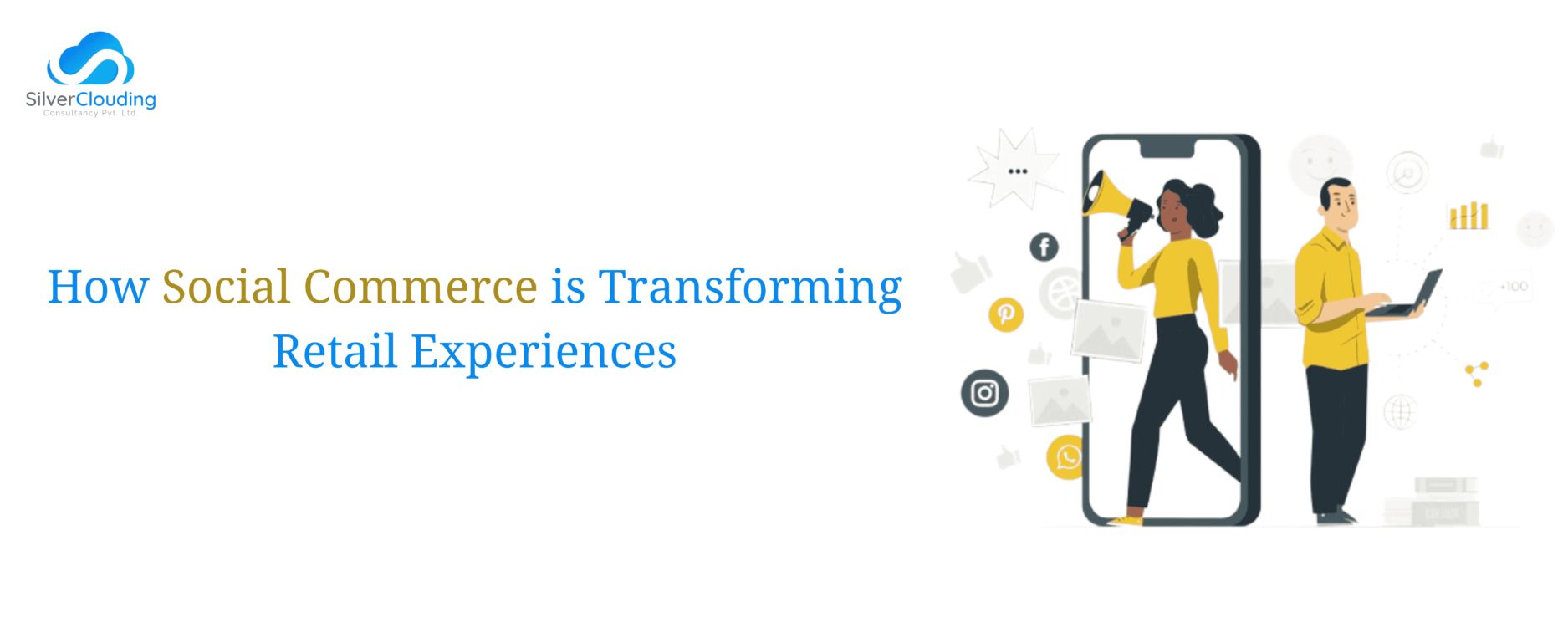Social commerce has become a game-changer, blending the best of social media and e-commerce to redefine the shopping experience. By integrating product discovery, interaction, and purchasing directly on social platforms, social commerce is reshaping how consumers connect with brands.
This innovative approach transforms passive scrolling into active engagement. With just a tap, users can explore product details, read reviews, and make purchases all without leaving their favorite social apps. The seamless integration of shopping and socializing eliminates barriers, making it easier than ever to turn inspiration into action.
For retailers, social commerce offers a golden opportunity to meet customers where they spend most of their time: on social media. It allows brands to showcase products through targeted content, influencer collaborations, and engaging visuals, driving conversions while building authentic relationships.
As this trend continues to evolve, social commerce is not just enhancing convenience but also revolutionizing the retail landscape by merging connection with commerce. The result? A shopping experience that’s as dynamic and engaging as the platforms it thrives on.
1. Engagement-Driven Shopping
Social commerce thrives on interactive content like live streams, reels, and stories. Brands leverage platforms such as Instagram, TikTok, and Facebook to showcase products in real-life scenarios, encouraging users to engage, comment, and share their experiences.
2. Seamless Checkout
Many social platforms now offer integrated shopping experiences, where customers can browse and purchase products without leaving the app. Instagram’s “Shop Now” or TikTok’s “Shop Now” features eliminate friction in the buyer journey.
3. Personalized Shopping Experiences
- Social platforms use AI to analyze user behavior, delivering tailored product recommendations and advertisements.
- Interactive elements, such as polls, quizzes, and AR filters, make the shopping experience engaging and customized.
4. Influencer Power
Social commerce leverages influencers to reach niche audiences. Authentic recommendations from influencers often have a greater impact than traditional advertisements, driving conversions and fostering trust.
5. Personalized Shopping Experiences
Through AI and data analytics, social platforms provide personalized product recommendations. Customers feel more connected to brands that understand their preferences and needs.
6. Community-Driven Purchases
Social commerce taps into the psychology of social proof. Reviews, likes, and shares by other users influence purchasing decisions, creating a sense of community around brands.
7. Gamification
Brands often incorporate gamification elements, such as contests, giveaways, or rewards for engaging with posts. This increases user participation and brand loyalty.
8. Global Reach
With billions of users on platforms like Instagram and TikTok, social commerce enables brands to reach a global audience without setting up physical stores.
Expand their reach and adapt to evolving consumer behavior. Are you considering incorporating social commerce into your business model? Let me know how I can assist!
9. Real-Time Interaction and Sales
- Live shopping events have gained popularity, allowing brands to showcase products in real time while answering questions and addressing customer concerns.
- These events mimic the in-store experience, building trust and urgency with limited-time deals.
10. Global Reach with Local Appeal
- Social platforms transcend geographical boundaries, enabling businesses to reach global audiences.
- Features like localized content and multiple payment options cater to diverse customer bases.
11. The Rise of Micro and Nano Influencers
- Smaller influencers with niche audiences are more relatable and trusted, making them key players in driving social commerce success.
Challenges
While social commerce is booming, it also presents challenges, including:
- Building trust in product quality.
- Handling logistics and returns efficiently.
- Avoiding over-reliance on specific platforms.
In essence, social commerce transforms retail by making shopping a more social, interactive, and engaging experience. It’s an exciting avenue for businesses looking to
What’s Next for Social Commerce?
- Integration of AI tools for virtual try-ons, product discovery, and chatbot-assisted shopping.
- Growth of direct-to-avatar commerce with the rise of virtual goods and the metaverse.
- Increased use of blockchain for secure transactions and transparent supply chains.
Final Thoughts
Social commerce isn’t just a trend—it’s becoming a core component of retail strategy. Brands that embrace this fusion of social interaction and online shopping can stay ahead of the curve and foster deeper connections with their customers.
Would you like to discuss how social commerce strategies could benefit your business?
Connect With an Indian Shopify Expert Now




